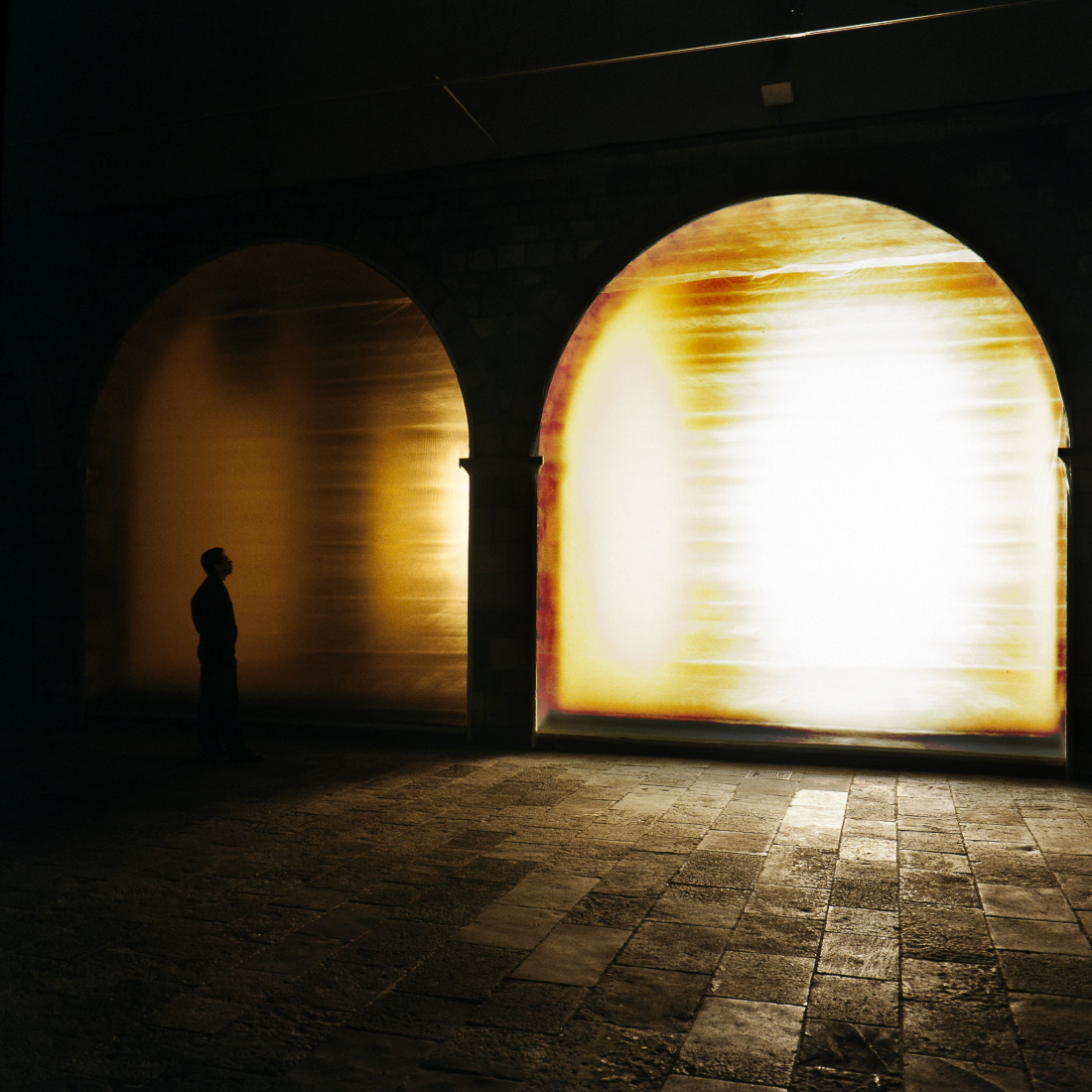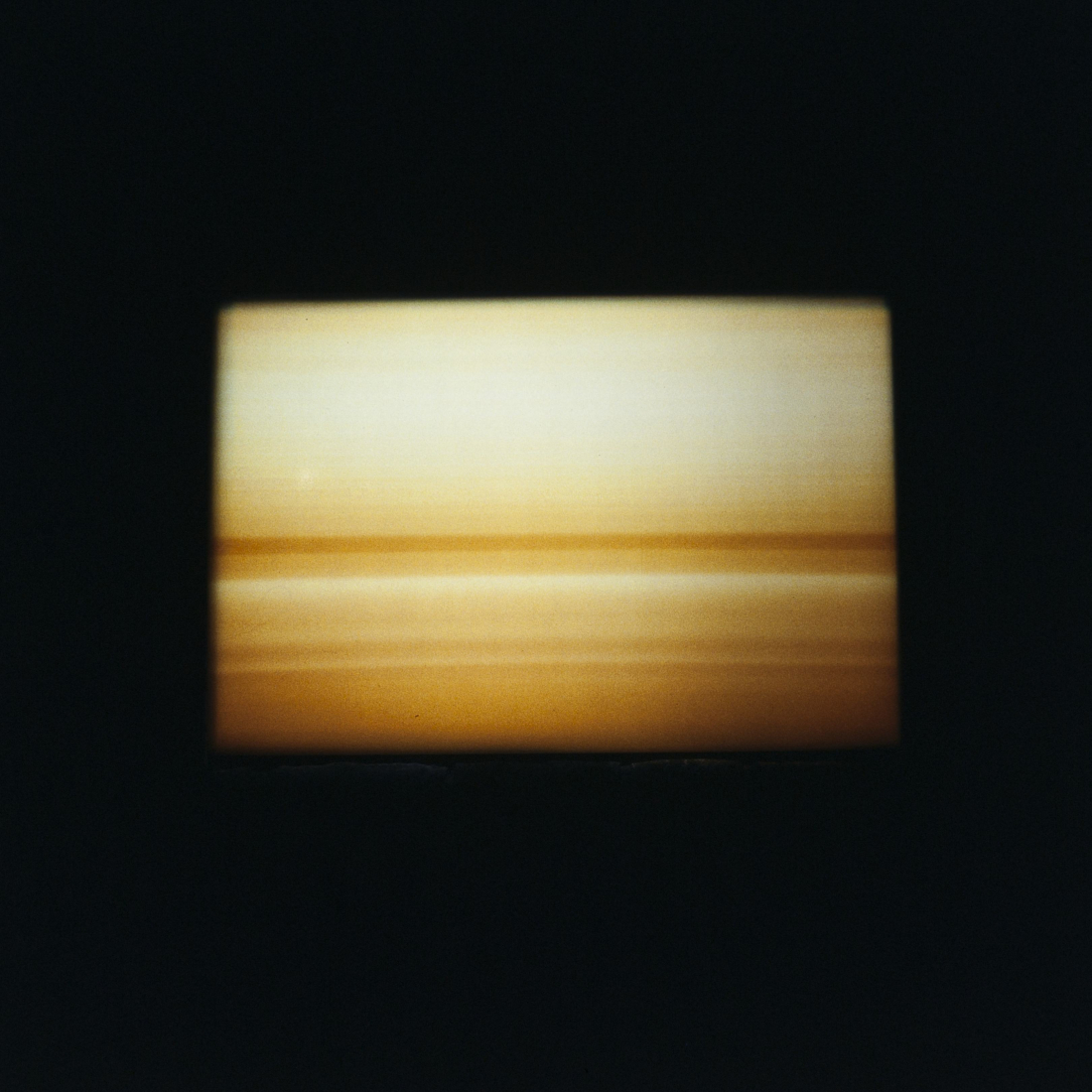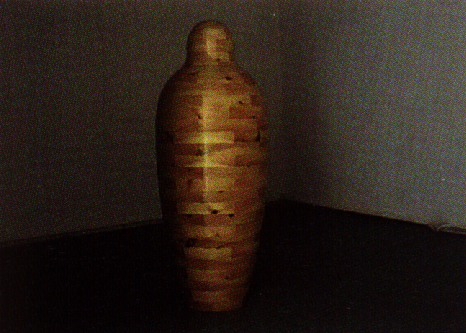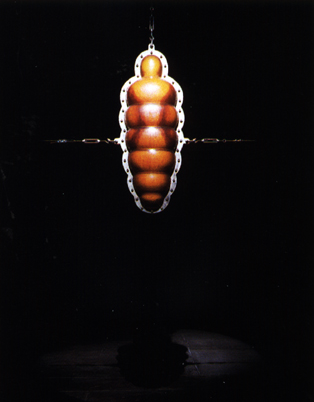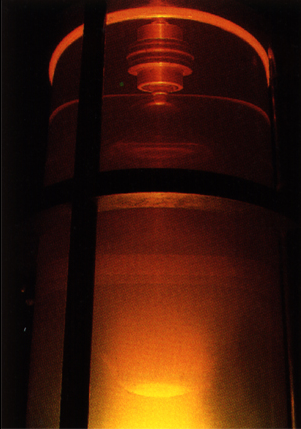En el temps
Having established what the seven artists would be, he noticed that there was some element missing. In the cycle of exhibitions. The element that determined the rhythm that would follow the discourse of its trajectory.
He had conceived of the space and the person because he considered that it was around these two concepts that turned a good part of the work of the artists. Of those artists I had visited, but also from some of those that I already knew for some time. And it was from these two ideas how to propose an itinerary. A fiction itinerary, as he said in the presentation text of the cycle.
The proposal was very simple: instead of theorizing about these two ideas (and the way it was done in that type of text that he was unable to write), what he intended was to be able to come close to it, Some of the issues that could evoke, suggest, insinuate or propose. Those two concepts (or those two ideas). And through an experience that was personal. Direct. Like the works that made each one of those seven artists from which the itinerary would be described.
Although from the beginning he gave a title to the four exhibitions, what seduced him most of his proposal was the ability to calibrate the dialogue that flows between -or both the works of the seven artists, their creators, the others involved and the public. Or among those who participated in some way in the activities that were disseminated during the course of the cycle. That is to say, with the voice that could sprout from those who experienced the density of those two concepts. If they were really true -or in the background-. Those two concepts-. If they were really true -or in the background-. Those two concepts (or those two ideas), and somehow very particular. So the titles he gave them were just some reference points. That is, the exhibitions. Those who would encourage him to continue the itinerary of his adventure. Of that adventure that went towards an unexplored universe. Because if you want to go somewhere, you have to leave from anywhere. Or any excuse. Something from where you can run away.
And that element that had to determine what would be the course that would follow the cycle could not be but time: the element that had to be considered in order to be able to measure how the space was. I walked it. Or so that the person could exist. And meet her. So that there was some certainty of that experience that had to be felt. From that experience that, in turn, would eventually become another record. Someday. Or not
And it was not until he could see the last work he did in Tonet Amorós that he decided to propose to participate. In that cycle of exhibitions. In the fiction itinerary. Although, at least, in another way: from the beginning to the end of the cycle. That is, from the first exhibition to the last. In order to preserve to the maximum the rhythm that determined their visions of revolution. The title I wanted to give to that series of photographs that he was just beginning to do. Then.
Continuing with the artist's interest in equating his works with the different phases of an evolution (and in which any of the elements that make up it is an instrument that acquires a form based on a modifiable experience), the Tonet Amorós's revolutionary visions could not be distanced from that principle guided by the artist. Because they meant another step. Or because they were one more step in the evolution of his work. Although they could also mean it with regard to the circumstances in which they should arise. That is to say, with respect to the exposures from where the almost imperceptible lines of their atmospheres, the density or the mass of their horizons, the suggestive thickness of their color fields had to emerge. In short, the series of images where the infinite instability of our emotions would be overlooked.
And raised in Tonet Amorós the possibility of continuing his series of photographs. Still leaving record of what you remember: the artist, but also the others. Of those exhibitions that had been programmed. In the cycle. Or, at least, anything other than the artist had heard. Or what he thought was to be taken as if it were the memory of what had happened or what was still going on. Or what could be remembered. From the course of that adventure that had to be consolidated over time. Or not And through the movement of his photographic camera. Or of the evolution that could be appreciated in the thought of anyone.
That proposal he made was like a two-way contract.
Between him I always thought it was a cluster of memories there that was recorded in memory once an exhibition had been seen. And that although there were memories that were forgotten instantly he considered that there were others that were those that helped us to understand us. How are we And to know what it was we thought. Or I guess it was what we wanted. For us. And that this kind of memories were those that we relate to others. With those that accumulated in our memory and that gave a certain consistency to our reason for being. Because they led us to ask ourselves about our past. And to question ourselves about those things that are happening to us. And to consider any project facing a future that we totally ignored.
And the artist. That he considered that the visions of revolution were another way to participate. In an exhibition. And because he could only have them once the exhibition was finished. Because of what it was about it was to grasp its essence. And that this essence could lead him to find himself with the feeling of infinitude that can be had. Of sensations But also of the horizons. From those places where our gaze is often confused over time. I turn to inside. In order to perceive the stimuli. Or what happens to you. Inside. In order to keep getting lost. But it could also be understood as the will to perceive the different stages of a trip on the horizon. Between the space and the person.



